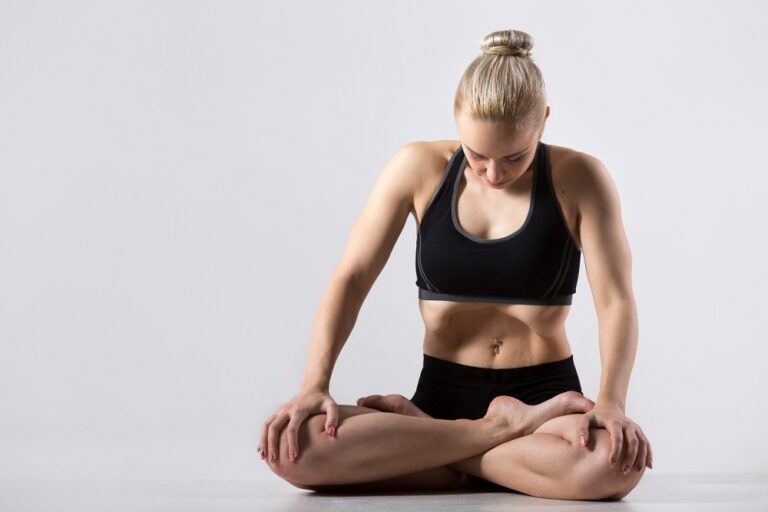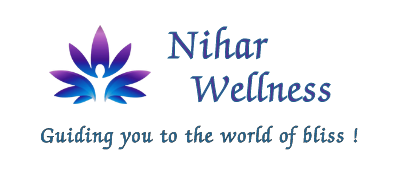Bandhas and Mudras

Bandhas, can refer to various types of locks or seals ,involve the intentional contraction or manipulation of muscles, energy channels, or body parts to control the flow of energy (such as prana or chi) within the body ,that are engaged to enhance the practice of yoga postures (asanas) and breathing exercises (pranayama).
Introduction
Why Bandhas
There are three main bandhas:
Mula Bandha (Root Lock): This is the contraction of the muscles at the base of the pelvis. It’s often engaged by lifting and contracting the muscles around the perineum. Mula Bandha helps to stabilize the pelvis and root the energy in the lower body.
Uddiyana Bandha (Abdominal Lock): This involves pulling the abdomen in and up toward the spine. It’s typically practiced during the exhalation phase of breathing and helps to activate the abdominal muscles and stimulate the flow of energy in the body.
Jalandhara Bandha (Throat Lock): This is the chin lock, where the chin is tucked down toward the chest, and the throat is constricted slightly. Jalandhara Bandha is often practiced in conjunction with pranayama (breath control exercises) to regulate the flow of breath and energy.
Bandhas in yoga are considered beneficial for several reasons:
Energy Control: Engaging bandhas regulates the flow of prana within the body, directing and containing energy to enhance vitality and mental clarity.
Stability: Bandhas offer stability and support in yoga by engaging core muscles, pelvic floor, and key muscle groups, enhancing balance, alignment, and reducing injury risk.
Internal Cleansing: Practicing bandhas, particularly Uddiyana Bandha, stimulates the abdominal organs and aids in digestion and detoxification. The rhythmic engagement and release of the abdominal muscles can improve circulation and lymphatic drainage, promoting overall health and well-being.
Mind-Body Connection: Engaging bandhas fosters a heightened mind-body connection, deepening yoga practice, refining concentration, and cultivating inner calm and presence.
Enhanced Breathing: Engaging bandhas during pranayama practice optimizes breath control, leading to increased oxygenation, enhanced respiratory function, and profound relaxation.
who are benefitted with bandhas ?
Bandhas in yoga can benefit a wide range of individuals, including:
Yoga Practitioners: Bandhas helps to deepen the experience of yoga poses (asanas) and breathing exercises (pranayama), leading to improved strength, flexibility, and mental focus.
Athletes: The stability and core strength developed through the practice can enhance athletic performance from various disciplines, such as runners, cyclists, and weightlifters, and reduce the risk of injury during training and competition.
Office Workers: Practicing bandhas is beneficial for individuals with sedentary jobs, as it strengthens core, pelvic floor, and back muscles, improving posture and reducing discomfort from prolonged sitting.
Individuals with Digestive Issues: Engaging in bandhas, especially Uddiyana Bandha, stimulates abdominal organs, aiding digestion and benefiting those with digestive issues like bloating, constipation, or indigestion.
Stress Reduction: Bandhas mindfully promotes relaxation and reduces stress by focusing on breath and body sensations, benefiting those with anxiety or high stress.
Women during Pregnancy and Postpartum: Mula Bandha and Uddiyana Bandha can be safely modified for pregnancy and postpartum, supporting pelvic floor health and aiding in labor, but consultation with a healthcare provider and qualified yoga instructor is crucial.
Pelvic Floor Disorders: Mula Bandha specifically targets the pelvic floor muscles. Regular practice may help manage or prevent conditions like urinary incontinence or pelvic organ prolapse.
Supports Thyroid Health: Jalandhara Bandha The throat lock stimulates the thyroid and parathyroid glands, helping to balance metabolism and hormonal function. Regular practice strengthens neck muscles, encouraging better posture and reducing tension in the neck and shoulders.
Cardiovascular Health: Improved circulation resulting from bandha practice can support cardiovascular health, potentially reducing the risk of heart disease and hypertension.
FEATURES
Mudras
“Mudra” is a Sanskrit term that translates to “seal,” “mark,” or “gesture. Mudras are used in meditation, yoga as a means of channeling and directing the flow of energy, invoking specific qualities or states of mind, and facilitating spiritual or physical transformation. Each mudra has its own unique meaning and significance, often derived from ancient texts and traditions.
Effects of Mudras:
Stress Reduction: Gyan mudra (thumb and index finger touching), are believed to promote relaxation and reduce stress by calming the mind and nervous system.
Improved Concentration: Hakini mudra (fingertips of both hands touching) are thought to enhance mental clarity, focus and concentration by balancing brain activity and harmonizing the flow of energy within the body.
Any Questions? Ask Us!!
Enhanced Vitality: Prana mudra (joining the ring and little fingers with the thumb), may increase energy levels and vitality by regulating the flow of prana or life force energy in the body.
Support for Meditation and Spiritual Practice: It deepen the meditative experience, facilitate inner awareness, and connect with higher states of consciousness.
Anxiety Management: Mudras like the Shunya mudra (thumb pressing the middle finger) are believed to alleviate feelings of anxiety and restlessness by balancing the air element in the body and fostering a sense of inner peace.
Emotional Balance: Practicing mudras may help in regulating emotions and promoting emotional stability. Mudras associated with qualities like compassion, love, and gratitude, such as the Anjali mudra (palms pressed together at the heart center), can support emotional well-being.
